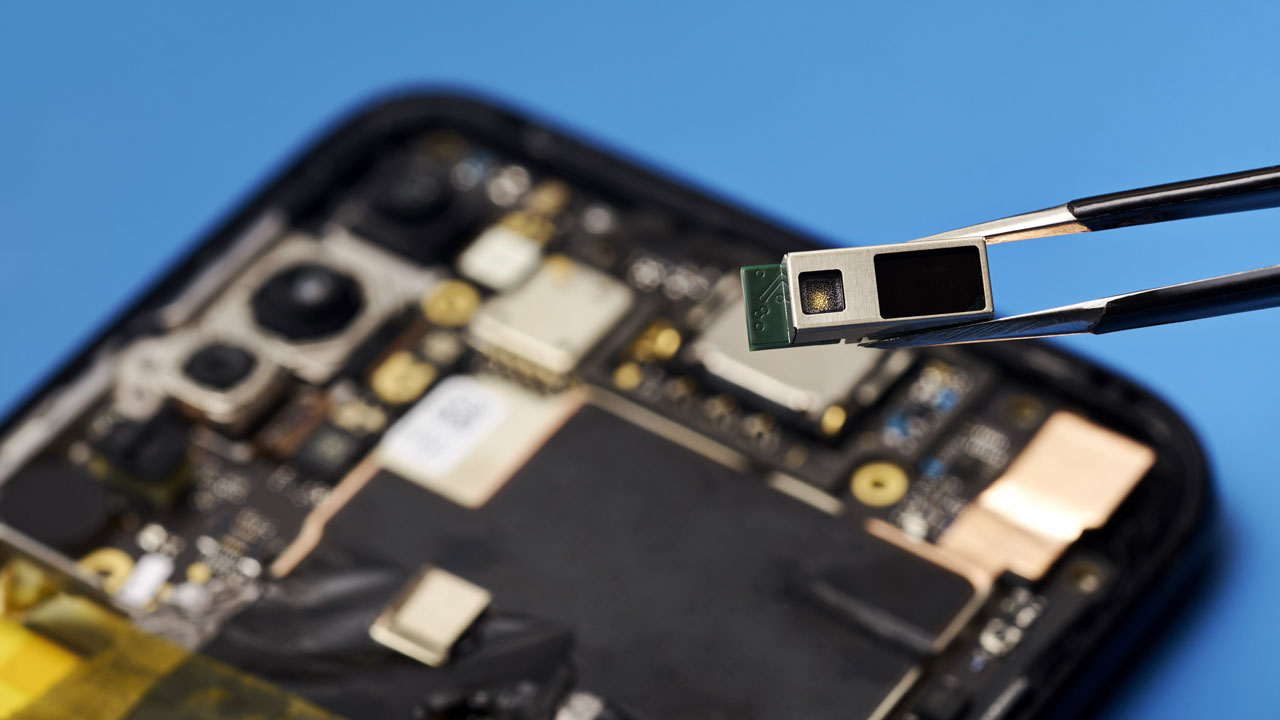US government addresses domestic chipmaking weaknesses with $3 billion advanced packaging program as part of the CHIPS Act
Further details on how the U.S. plans to spend CHIPS money.

The U.S. government is kicking off its $3 billion National Advanced Packaging Manufacturing Program (NAPMP) to help shore up domestic chip manufacturing deficiencies. Modern advanced chip packaging technologies, such as Intel's EMIB and Foveros 3D, require clean rooms and sophisticated tools, which makes contemporary packaging facilities as expensive as fabs were some 15–20 years ago. The importance of complex packaging techniques are hard to overestimate for future chips, as the ability to make chips without packaging is only part of the whole process.
"Making substantial investments in domestic packaging capabilities and R&D is critical to creating a thriving semiconductor ecosystem in America," said Gina Raimondo, the U.S. Secretary of Commerce. "We need to make sure new leading-edge chip architectures can be invented in our research labs, designed for every end-use application, manufactured at scale and packaged with the most advanced technologies. This new vision for advanced packaging will enable us to implement President Biden's Investing in America agenda and make our country a leader in leading-edge semiconductor manufacturing."
The NAPMP is a strategic initiative designed to cultivate a working advanced chip packaging industry that will include fundamental research, technology development, manufacturing, and workforce training. One of the things that the program is particularly focused on is making different companies to work together to establish a sound supply chain.
One of the key elements of the NAPMP will be the Advanced Packaging Piloting Facility (APPF), which will have six top priority research investment areas, including materials and substrates, equipment tools and processes, power delivery and power management, as well as photonics and connectors. The APPF is set to serve a critical role in bridging the gap between research, development, and large-scale advanced chip packaging, which is crucial for ensuring that scientific innovations are not only theoretically viable but also practically applicable in a high-volume manufacturing environment.
The APPF is set to work in tandem with other initiatives under the CHIPS and Science Act, ensuring a cohesive approach to advancing the U.S. semiconductor industry in general. This will be particularly important to building a robust chiplet ecosystem in the U.S., which will be crucial for the competitive positioning of the American semiconductor industry in general.
"Within a decade, we envision that America will both manufacture and package the world’s most sophisticated chips," said NIST Director Laurie E. Locascio. "This means both onshoring a high-volume advanced packaging industry that is self-sustaining, profitable and environmentally sound, and conducting the research to accelerate new packaging approaches to market."
The NAPMP effort is a part of the CHIPS and Science Act, so it will be funded in accordance with the rules of the whole act. The first grants of the program are expected to be announced in early 2024 with a focus on materials and substrates.
Stay On the Cutting Edge: Get the Tom's Hardware Newsletter
Get Tom's Hardware's best news and in-depth reviews, straight to your inbox.

Anton Shilov is a contributing writer at Tom’s Hardware. Over the past couple of decades, he has covered everything from CPUs and GPUs to supercomputers and from modern process technologies and latest fab tools to high-tech industry trends.